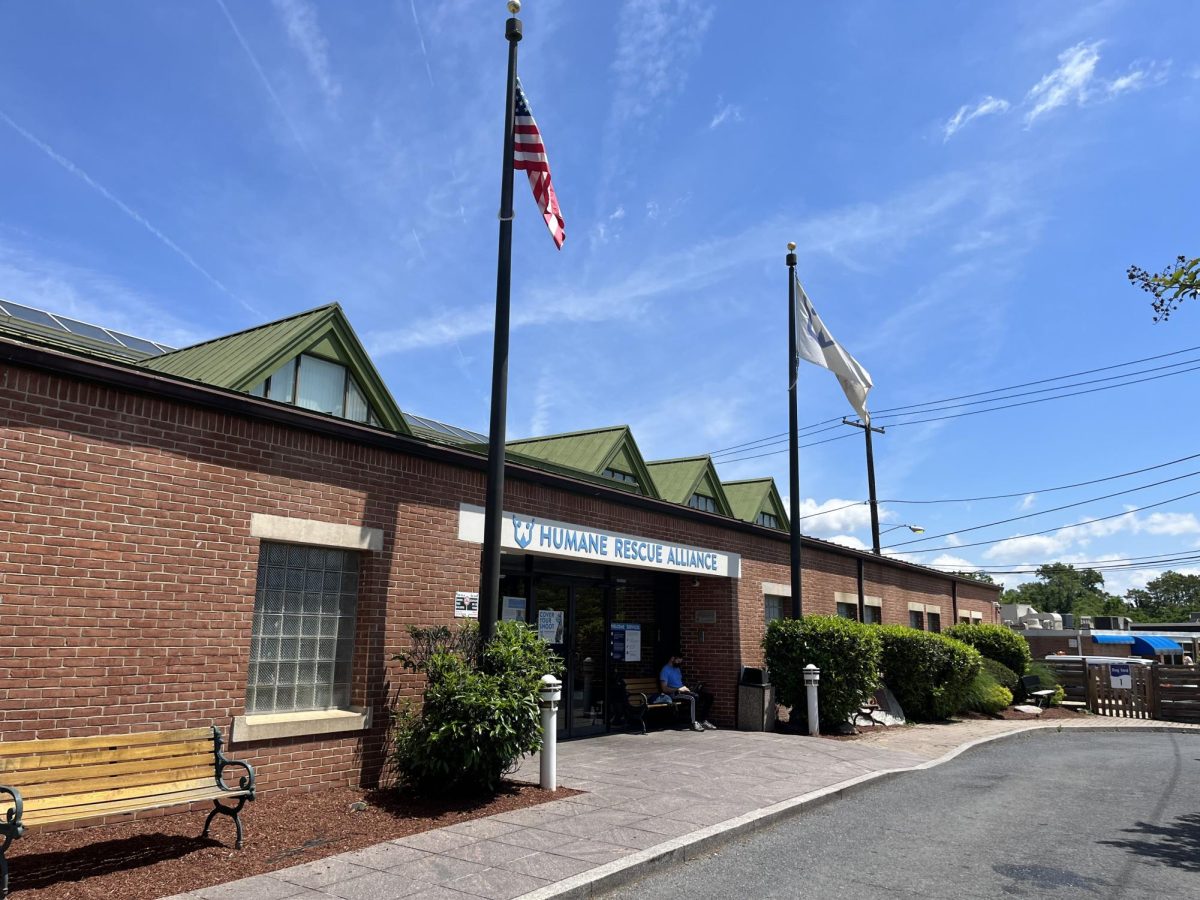New and returning students alike cannot fail to notice a discernible structure rising from a plot of land adjacent to the Leavey Center. What was an impressive pile of dirt when students left campus at the end of last semester is now unmistakably a building in the making. Eventually, when its interior is filled and its exterior is applied, we will behold the new center for the cDonough School of Business. In some relatively short period of time after that, a new science building will arise beside this structure, filling this part of campus with active scholars, students, events and activities.
The university administration is visibly proud of these new structures, regularly featuring items about their progress in various news releases and presentations to students and alumni. While administrators beam, however, there are also some grounds for reservations. If you look at a current map of Georgetown University, it is it is easy to see that these structures are at the physical heart of the Hilltop. In particular, due to the expansion of the university behind and beyond the old main campus (those areas directly surrounding Healey Hall), the campus’s physical center has moved more or less precisely to the spot that was selected for the erection of these two new buildings. I believe that this sends the wrong message to members of the university community and beyond.
Careful consideration of Georgetown’s history and identity suggests that neither a business school, nor a building devoted to research in the natural sciences, should be at the center of the university’s self-conception. If a university such as Georgetown should have a business school at all (and, regrettably, it does), its previous location was appropriate – at the periphery of the campus. A Georgetown education, conceived as a classic liberal arts curriculum, should not have as its aim or object the art of moneymaking.
A liberal arts education aims to steep a student in the accumulated history of human thought – in disciplines as varied as classics, literature, government, philosophy, theology and history – with a goal of educating the “whole person.” Its ends are numerous, including the refinement of character, the inculcation of wisdom and judgment, the preparation for responsible citizenship, and above all – as was expressed by John Henry Newman in The Idea of a University – “a knowledge which is its own end.”
Nevertheless, modern life puts this form of education hard to task, as contemporary students are already keenly under pressure to transform their degrees into currency in today’s marketplace. Thus, a university that puts a business school at the physical heart of its campus only reinforces the impression that encomiums to liberal education are only so much fancy rhetoric, and that a university degree is really about getting a job.
For a related reason, the placement of a new science building at the center of campus also betrays the aim of a liberal arts institution. Of course, the natural sciences are part of a complete course of liberal study, and students are rightly required to take courses in this area. Its subjects are among the avenues by which we understand more deeply the human and natural condition, and thus students should be instructed in the fields of physics, biology and chemistry.
A new building devoted to advancing scientific research is, however, a different matter. Contemporary scientific study seeks to create new knowledge, whereas the onus on undergraduate education is to instruct the young in the basic elements of scientific understanding. A research university is dominated by its departments of natural science, engineering and computer science, and a large amount of money is provided by public and private sources for the discovery of new knowledge that can benefit society. The research university aims to produce useful knowledge above all, the kind of knowledge that modern science’s philosophical father – Francis Bacon – told us is the source of power. Knowledge becomes wholly utilitarian with the aim of conquering nature. Because of this aim, research universities do not generally stress liberal education, whose aim is quite different: thus, the training of graduate students, not the cultivation of undergraduates, becomes one of the primary activities in research universities. While the library occupies a place of privilege on the campus of a liberal arts college, the laboratory takes the place of central pride at a research university. With the construction of a science building at the new center of campus, the university is sending the wrong message about its fundamental commitments.
It remains obvious to even the casual visitor that the true heart of Georgetown University remains in those areas around Healey Hall, in those buildings where departments such as theology, philosophy, English and classics are housed. We should continue to maintain this area as the true heart of the university – even if it is no longer the university’s physical center – and seek to defend Georgetown’s fundamental purpose as an institution of liberal learning.
In too many contemporary institutions of higher education, the gravitational pull is toward those activities that will take place at our new physical center – toward the money-making professions and those disciplines that stress professionalism and utilitarian knowledge aimed at the mastery of nature – and not an education – as described by Newman, that is “an acquired illumination, a habit, a personal possession, and an inward endowment.”
Patrick J. Deneen is an associate professor of government.







